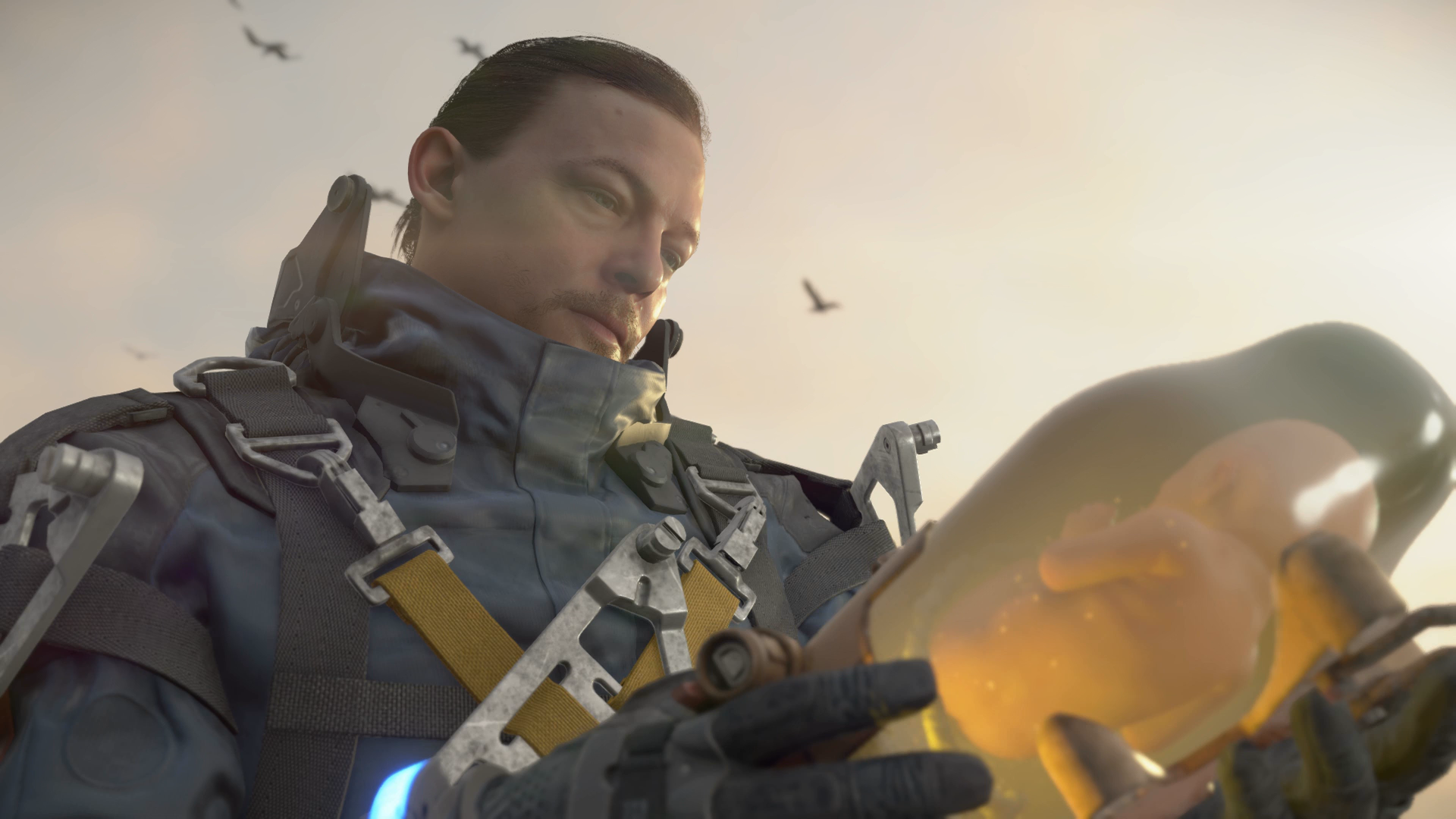

The main problem with Death Stranding is that, while the world building and premise are superb, Kojima’s writing is about as subtle and nuanced as a pool cue in the eye. It’s his job to travel the broken world, bringing people whatever they need to survive. Protagonist Sam Porter Bridges (a Porter for the Bridges delivery company) is a special individual who can sense BTs, and even produces natural enzymes in his body that destroy them. Chiral matter falls with the rain, ageing whatever it touches, and hostile outer-dimensional beings called BTs get washed into our reality. Set in a post-apocalyptic America that looks very little like any part of the present day USA, Death Stranding is a game about reconnecting the scattered remnants of humanity after a temporal cataclysm. To a point, these aren’t particularly inaccurate.ĭeath Stranding Director’s Cut on PC: A stunning, confounding experienceīut Death Stranding is these things and more besides.

I’ve heard it called a glorified walking simulator, self-indulgent posturing, or a never-ending fetch quest. People either love this game or they hate it – and it’s easy to see why. While that’s true of most releases to an extent, with Death Stranding it’s much more black and white. There very much exists a divide between people who like this game and people who don’t. Now with the release of Death Stranding: Director’s Cut for PC, I’ve gone back to the grim, beautiful landscape of Kojima’s America to find it just as simultaneously stunning and confounding as ever.
#Death stranding review Pc
I didn’t play it at all until I reviewed the PC version. Despite it starting out as a PlayStation 4 exclusive, I’ve never played Death Stranding on one of Sony’s consoles.


 0 kommentar(er)
0 kommentar(er)
